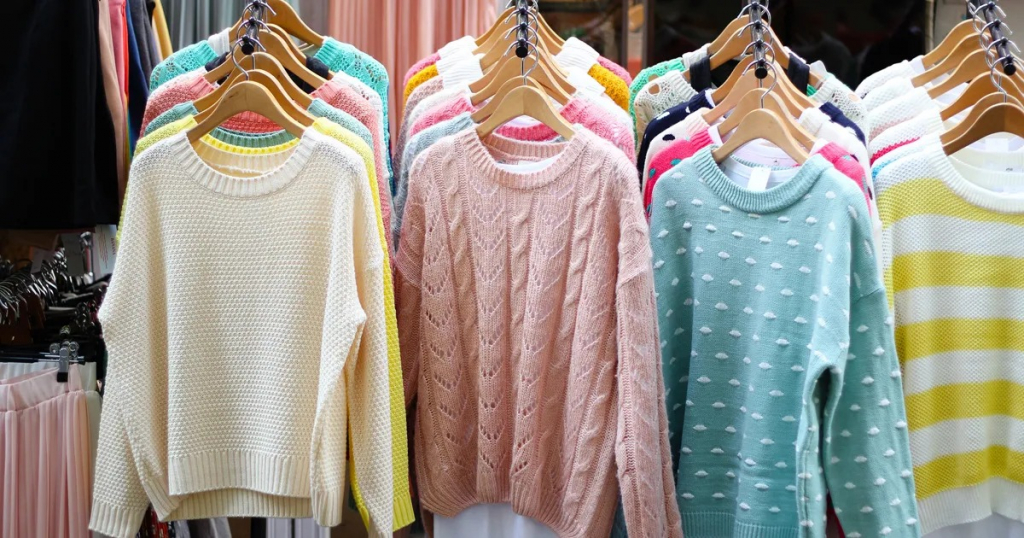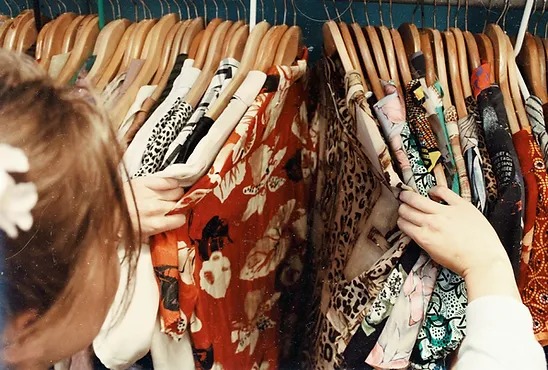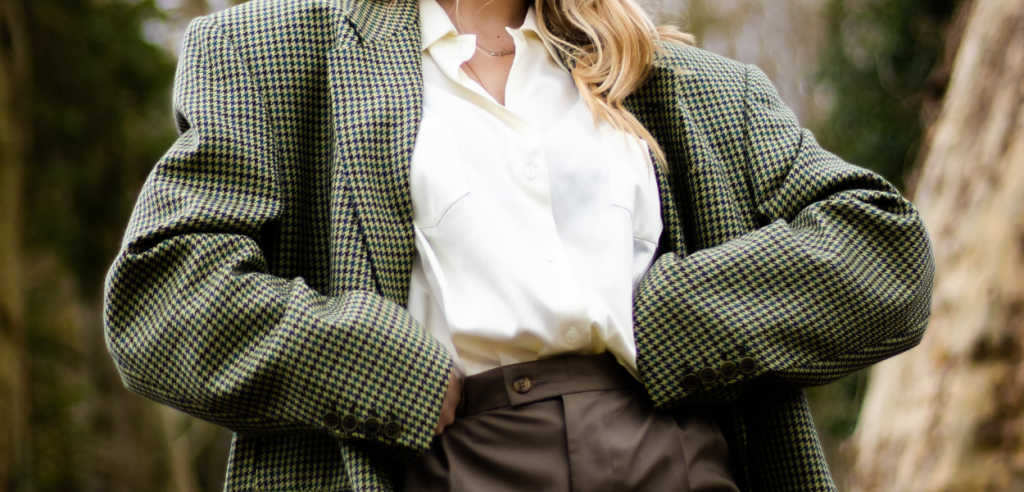Fast fashion has grown to be a huge talking point among fashion-conscious consumers. This shift in perspective has led to a major increase in demand for sustainable fashion businesses. That happens especially because people are embracing greener shopping behaviors more than ever.
Nowadays, major brands embrace sustainability initiatives. Even though a huge part of our society still shops fast fashion.
In this post, we’ll take a closer look at the vintage clothing market and how it can help our struggle against fast fashion.
The Problem: Fast Fashion
As you’re probably aware, worldwide demand for fast-turnover fashion stores has led to many retailers operating on a restock cycle lasting just a few weeks. Over the past couple of decades, this has generated a type of consumer who tends to refresh their wardrobe more often. And it created massive volumes of unwanted garments to end up in landfills.

Though “fast fashion” is a relatively young term, the topic of clothing wastage is nothing new. For some time now, environmentally-conscious shoppers have opted to donate their unwanted clothes to thrift stores and charities. The donated clothes will either be bought by a new owner in the same locality or acquired by textile merchants who break them down and recycle the fibers or ship them off to other markets for resale.
A significant proportion of this once-loved clothing will be shipped to sub-Saharan Africa so local market vendors can sell them. This practice is an important source of job creation for many in the region. On the other hand, it’s also sparked concerns about the damaging effects it could have on home-grown African textile businesses.
Donating pre-owned clothing might help divert garments from landfill sites. But, in the long run, many people don’t realize that these practices are simply putting a band-aid on the issue of fast fashion.
For significant, lasting change, the fashion industry must set its sights on a shift in consumer behavior that will target the issue of clothing wastage at its source.
Why Vintage Clothing is Greener
Though almost all major fashion brands purport to be “sustainable” these days, vintage clothing has many key advantages regarding real-world sustainability:
Reduced Emissions
First off, buying vintage clothing reduces the demand for new garments. Clothing production is one of the biggest culprits for pollution in fashion supply chains. And vintage clothing allows eco-conscious consumers and entrepreneurs to bypass it altogether. Furthermore, buying vintage clothing reduces the chance of textile companies exporting used clothes, thereby reducing transport emissions.
Reduced Demand
As consumer tastes shift towards vintage clothing, the huge demand for new trends that keeps fast fashion ticking will go down. When demand follows fast fashion trends, it increases the rate at which consumers. But new items only to discard them when the new season comes in.
Reduced Waste
Unlike cheaply-made fast fashion clothing, vintage clothing resold in good condition tends to be just as hard-wearing as newly-produced “sustainable fashion” garments. This leads to less clothing ending up in landfills and causing a detrimental impact on the environment.
The Solution: Vintage Clothing
First of all, here is some good news. Most fashion consumers, particularly those from the younger generations, are well aware of the need for sustainability in fashion. 2022 saw a 50% year-on-year rise in searches for ‘second-hand clothing’. And also, a much greater uptick in searches for ‘sustainable brands’.

Furthermore, the vintage clothing market has been expanding rapidly in recent years. New retail opportunities are becoming more accessible through tech. For instance, card payment machines, easy-to-use CMS platforms, and a swelling demand for second-hand clothing. With this increase, the fashion industry is seeing in a perfect storm of growth for the vintage clothing market.
Data collated by Harper’s Bazaar showed that the fashion resale market is growing “11 times faster than traditional retail”, and they expect it to double the size of the fast fashion industry by 2030.
Aside from a growing demand for more sustainable products across all industries, this shift towards vintage clothing has been spurred on by a global belt-tightening that came with COVID, with many US consumers opting to spend less on luxury items. There’s also been a recent explosion in easy-to-use resale companies catering to a wide array of tastes. From catch-all sites like ThredUp to luxury resale platforms such as The RealReal, consumers are finding it easier than ever to buy and sell used clothes with a few taps of their screens.
Running beneath all this, there’s been a huge surge in small businesses starting and flourishing rooted in the economic shock of the COVID pandemic. Studies by the US Chamber of Commerce found that more American businesses launched in the year following the pandemic’s outbreak than have been started since 2005.
Final Thoughts…
Though fast fashion is having a devastating impact on the environment, simple changes in consumer behavior could be the secret to reversing this trend. Whether you’re a fashion entrepreneur or just someone who likes to look good, embracing vintage clothing is one of the best ways to fight fast fashion and mitigate the apparel industry’s impact on the environment.
Alternative solutions to the environmental crisis are popping up in every industry. And such as the fashion market, the beauty sector is strongly investing in organic and more sustainable substances. Read about CBD cosmetics!
* Written by Jacob Lane, Fashion Designer & Journalist
Editor’s Note: The opinions expressed here by Fashinnovation’s columnists are their own, not those of Fashinnovation.
Don’t forget to check this article out: How Social Media Influences Fashion Trends






